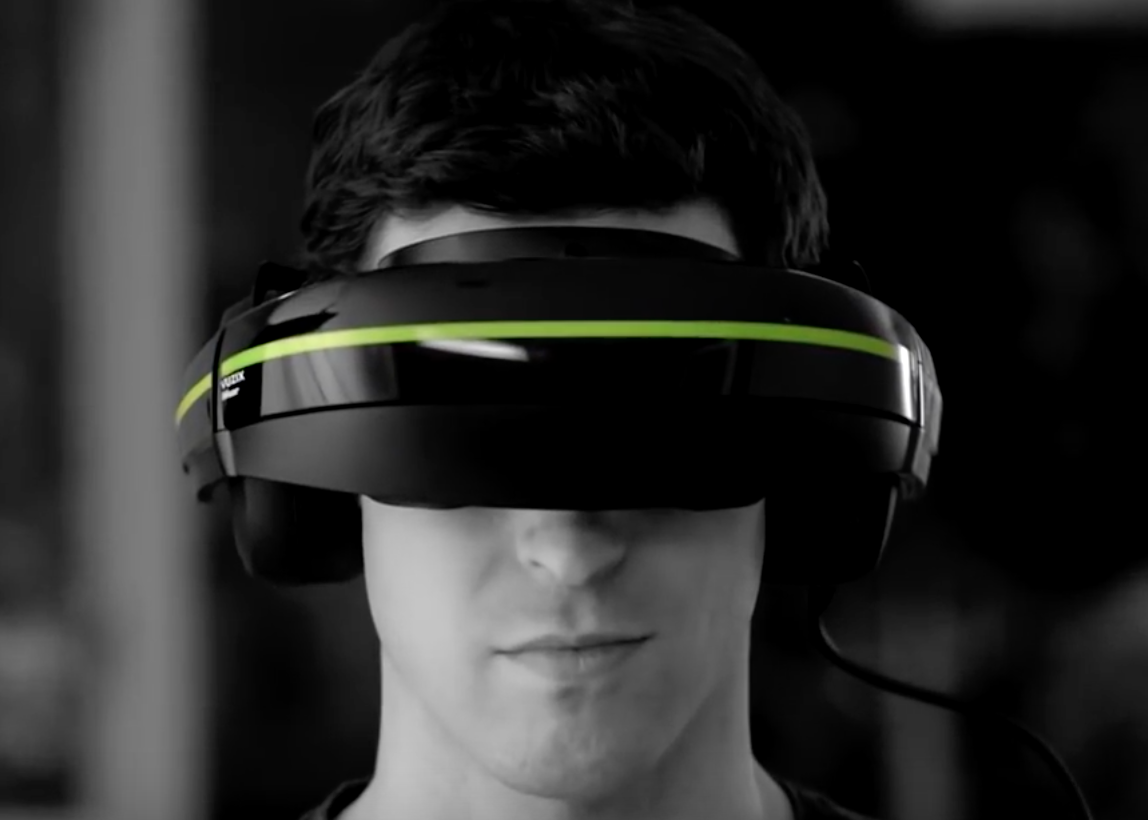How contact lens computers could help those who are partially sighted see the future more clearly
Robin Christopherson | 15 Jan 2018It’s predicted that, by 2021, contact lens computers will be a reality. A recent patent and detailed tech-spec for such a device by Sony (see video below) shows how every element of a computer – from a screen to a battery and even a camera – can be condensed down to fit in a contact lens. Such tech could be a real eye-opener for people with disabilities.
Sony has submitted a patent (including a detailed technical specification) for a ‘contact lens computer’. It fits over the eye and contains everything that you need for a fully-functional computer, as well as wi-fi, storage, a built-in camera and even a piezo-electrically-charged battery that happily keeps the miniscule micro-components powered simply by your natural eye-movements. The company predicts that it will be available as early as 2021.
.
Seeing the future clearly with contact lens computers
With a computer screen nestled on your eyeball and its image able to occupy your entire field of vision, the applications for both augmented reality and virtual reality are obvious. You can work and play wherever you are – using applications that either layer important information on top of the real world or else immerse you in another world of your choosing - and without the need for any devices or power supply. For those with a vision impairment, however, this ability to see a virtual screen that is effectively so enormous as to fill what field of view you do have, has obvious benefits.
While larger and larger screens are available, for someone who is partially sighted, the further away those outer edges of monitor are, the harder they are to see. And there is also the obvious question of the cost for such massive monitors. This virtual view of a screen gets around those issues and affords the user much easier access to their computer and the internet.
How a contact lens computer works
Most computer monitors comprise a liquid crystal display (LCD) panel that contains millions of pixels that can change colour or block light altogether. Then there’s a backlight panel that shines through to light up each pixel so we can see the colours shine.
As we see in this quick DIY video on how to make a see-through screen, if we dismantle our monitor and take away that back panel then what we get is a transparent display through which we can see the world – as well as the information or images on our computer screen. If the world behind is a white wall, say, then it might look a little like a normal monitor.
In newer, organic light-emitting diode (OLED) displays that comprise pixels which produce their own light, the process is even easier. Here there is no back panel so all you need to do is remove the back of your monitor.
Making minute contact lens computers
Having a transparent display is a crucial part of making the concept of a contact lens-sized computer a reality. Obviously, there’s much more to a computer than simply the screen, but we are seeing a marked reduction in size of each and every element of a computer. We see those in the field taking complex circuit boards and several components such as memory and CPU etc and creating a minute ‘system on a chip’ and taking bulky battery and camera technology and making squeezin them into ever-thinner smartphones.
The ultimate head-mounted computer
Many tech companies are producing smart glasses that give you a similar ‘heads-up display’ (Vuzix glasses pictured below) . Here are the top five available on Amazon today, but having both a display that is in front of you wherever you look combined with a camera that is always looking where you are, will make these bulky unappealing gadgets of today look hopelessly out-of-date.

Such smart glasses with head-mounted cameras have many disability-specific applications - from using AI to read text or identify what objects a blind person is looking at, to highlighting (with a hi-vis outline) such objects to assist those with partial vision, to layering helpful info or icons on top of what someone with a learning difficulty sees when performing everyday tasks. Now these capabilities will be available with less inconvenience and, we hope, expense.
Gazing into the future
In a few short years there will no longer be people walking around looking down at mobile phones, oblivious to their surroundings, blundering into people, lamposts or on-coming traffic. People will instead be empty-handed and gazing blankly into the middle-distance. Whether they will see the wisdom of standing still while they view a screen that potentially takes up their whole field of vision… we’ll just have to wait and see.
Resources
How Image Recognition and AI is Transforming the Lives of Blind People
Microsoft Seeing AI - the best ever app for blind people just got even better
For advice and news on disability and tech, see abilitynet.org.uk



